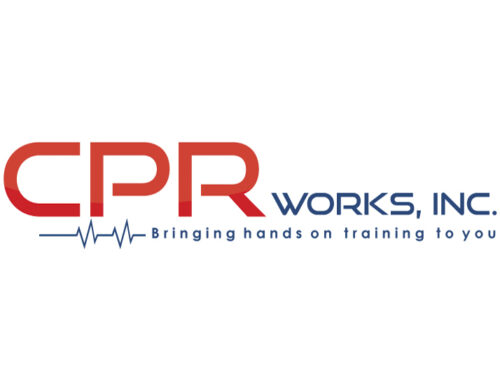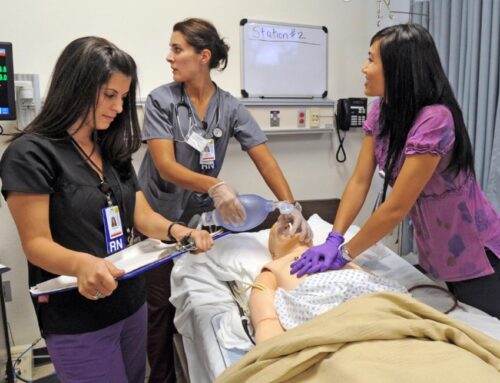CPR training is being launched in India ahead of World Heart Day, aiming to tackle the country’s low CPR rate of just 2% among adults. There are partnerships with the American Heart Association, a leading voluntary health organization, and the All India Institute of Medical Sciences (AIIMS), a consortium of state-run medical colleges, to educate more than 150,000 students and public health officials. and citizens from different parts of India.
In honor of World Heart Day, held annually on October 16, more than 800 people were trained at the first launch at the end of August. These trained individuals will now be hand-only CPR instructors in areas such as Bathinda, Bhubaneswar and Mangalagiri over the next three years.
This program is one of several global efforts endorsed by the International Health Care Coordinating Committee (ILCOR) and led by the American Heart Association to raise CPR awareness. The emphasis is on teaching hands-only CPR, a simple technique that aims to increase the number of bystanders to CPR worldwide.
Using a ‘train the trainer’ approach, the program aims to expand across India, using government-owned infrastructure to expand training efforts. This model facilitates effective simulation and dissemination of resuscitation techniques.
In the event of sudden cardiac arrest (SCA), immediate resuscitation by a bystander may increase the chances of survival. Emergency first aid can double or triple a victim’s life expectancy, highlighting the importance of CPR training.
SCA, characterized by sudden loss of heart function, requires immediate resuscitation to maintain blood flow until advanced medical care, including defibrillation, can be provided. Since most cardiac arrests occur in residential settings, equipping bystanders with CPR skills is critical to saving lives.
Hands Only CPR serves as the cornerstone of the chain of survival, with the ability to immediately call emergency services and perform appropriate chest compressions. By equipping people with these basic skills, the program aims to improve quality of life in cardiac emergencies and create a resilient community.





Leave A Comment